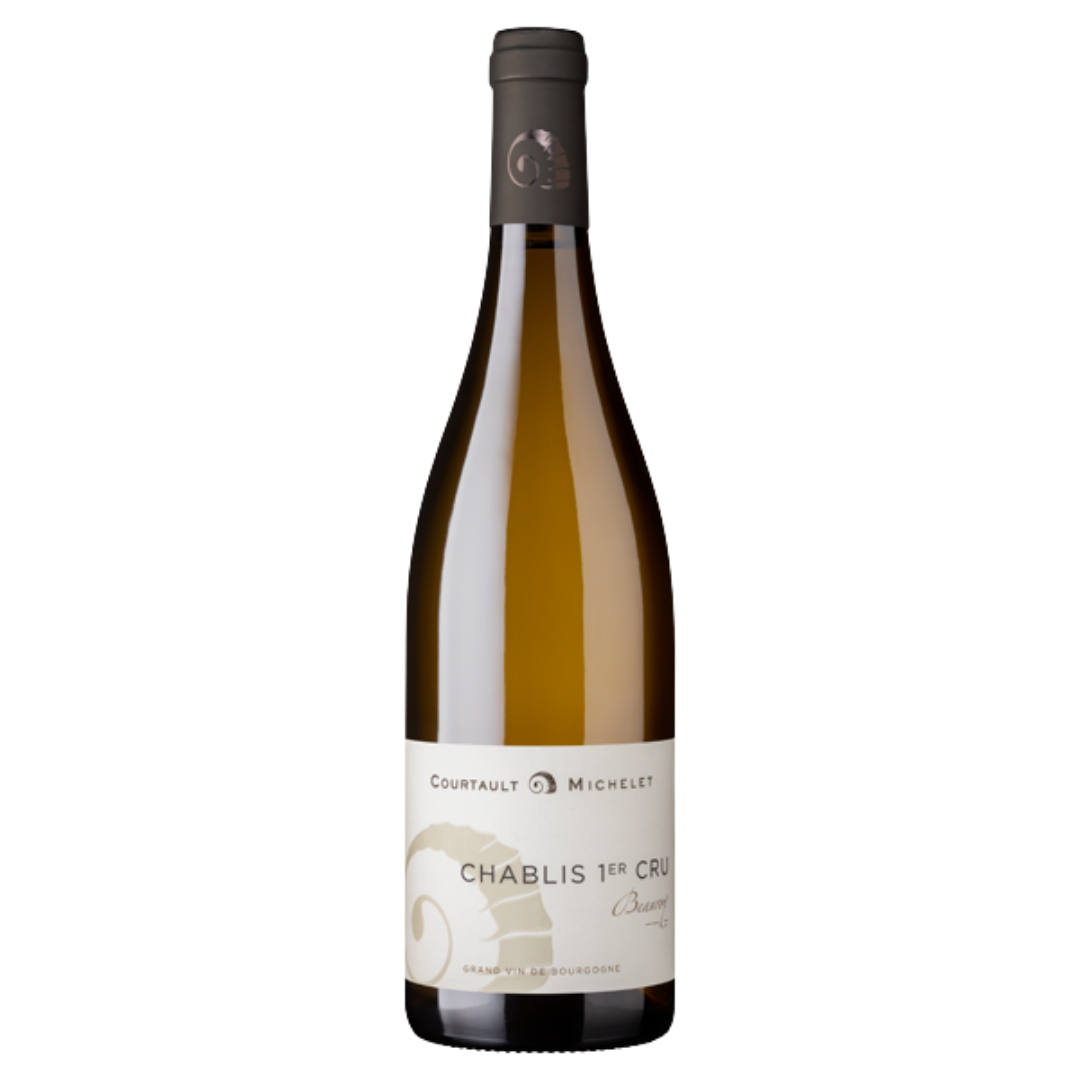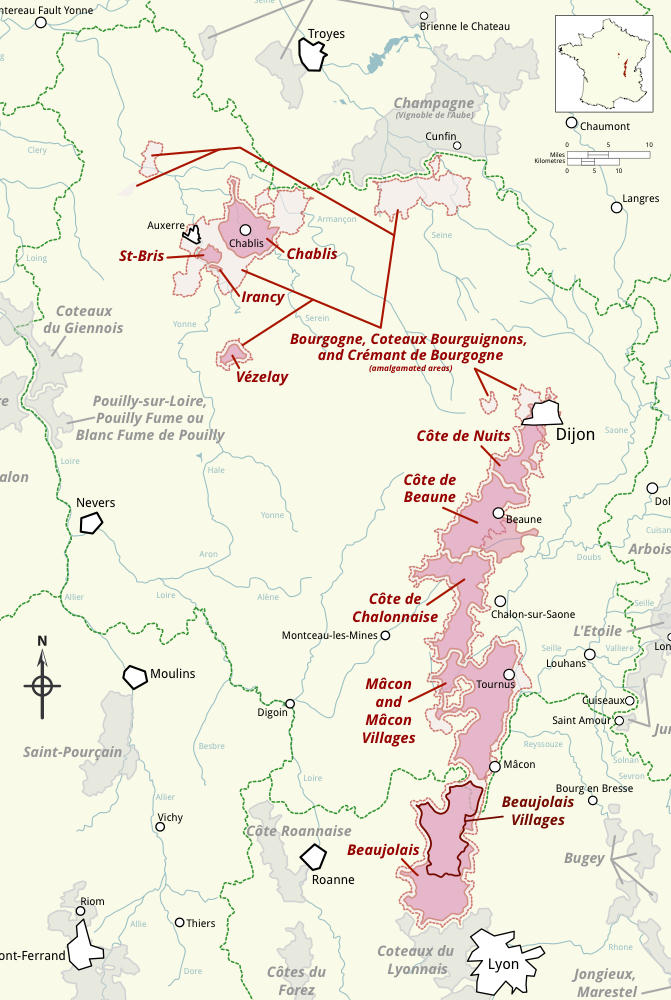At the beginning, in 1984, were Jean-Claude and Marie-Chantal Courtault.
Domaine Jean-Claude Courtault is a family business, founded from scratch by Jean-Claude and Marie-Chantal Courtault in 1984. In 2019, they passed it down to Stephanie and Vincent Michelet. Since 2007, together with husband Vincent Michelet, their daughter Stéphanie has been working with them. They all share the same passion for Chablis wines.
This Domaine has now 22 hectares and produces Petit Chablis, Chablis, Chablis Premier Cru, Chablis Grand Cru and since 2017 it also produces a Bourgogne Epineuil Pinot Noir named "Côte de Grisey".
Since 2008, Stéphanie and Vincent have also developed their own vineyard. Domaine Stéphanie et Vincent Michelet is an almost 7 hectares estate producing Petit Chablis (6 hectares) and Chablis mainly from old vines (almost 1 hectare).
The two domains have always worked in synergy and complement each other by proposing different wines by the location of the vines, their terroir (soil) and by the age of vines.
Now Stéphanie and Vincent lead the two domains. It is their turn to do as well as Stéphanie’s parents, with new projects and developing their own identity.
These dynamic estates aim to fuse tradition with modernity.
- Tradition : through the wine-grower’s expertise and the vinification process
- Modernity : the use of a modern storehouse and up-to-date equipment that gets the best from the grapes and creates optimal conditions for vinification.
The wines of Domaines Courtault & Michelet are particularly renowned for their strong fruit character, the wine-grower’s signature, if you like. These wines are regularly singled out for their quality, as can be seen in the Guide Hachette and various competitions - Concours de Paris, Mâcon, Vignerons Indépendant.
The vines are planted in Kimmeridgian (limestone rock made up of a conglomerate of fossils of small comma-shaped oysters), facing south, ending in the south-east, in the valley heading towards Fleys. This exposure guarantees it a higher average temperature and longer sunshine. These climatic conditions are a guarantee of quality.
Formerly known as "clymat de Beaux Rouards" in 1568, then "Bosroy", "Boroy", the most probable hypothesis is based on the adjective "beautiful" indicated in 1568 and the surname "Rouards" which would then come from the family "Rouard" or "Roard" present in the region at that time.
The vintage wants this wine to be tasted already very well despite its youth. Well structured, it has an aging potential of 10 years.



